

Scientists at Victoria University of Wellington are making new shapes of nanoparticles. These will help reduce poisonous emissions from car exhausts by making catalytic converters in cars more ...
READ MORE

Nanoscience is a field of science that is often given a specific starting date – 1959. It was an idea that had to wait for new tools to make it possible. However, nanoscience as we know it today ...
READ MORE

Position: Emeritus Professor of Nanotechnology, School of Food and Advanced Technology, Massey University Field: Nanotechnology Richard Haverkamp was Professor of Nanotechnology in the School of ...
READ MORE

In this activity, students collect and record data and use it to create 2D and 3D images of an unseen surface. They will then understand some of the processes involved in mapping the unknown. By ...
READ MORE

In this activity, students explore sunlight being converted into electricity. They are introduced to the concept of photovoltaics – making electricity from sunlight. They will become aware of ...
READ MORE

In this activity, students use modelling clay to construct different shapes (sphere, cube, cylinder) and calculate surface area:volume ratios with the aim of trying to develop a more efficient ...
READ MORE
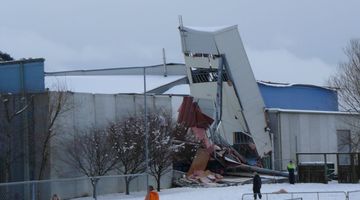
Large snow events in most parts of New Zealand are uncommon. However, if you are in the South Island or the central North Island, this citizen science project could be a great one for your ...
READ MORE
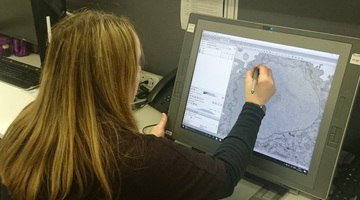
In this online citizen science (OCS) project, participants analyse electron microscope images taken of a range of biological samples, helping scientists better understand cancer, infectious ...
READ MORE
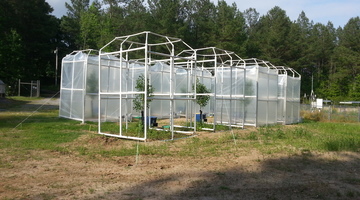
By comparing some features of fossilised plants with the same features of plants living today, scientists hope to be able to learn more about the effect of changing carbon dioxide (CO2) levels in ...
READ MORE

Long ago, according to the legend of Māui, the Sun was the focus of attention. People wanted more daylight and warmth to get their jobs done. Māui schemed to harness the Sun. Rights: Tim Tripp ...
READ MORE

In this online PD session recorded on 2 June 2016, Andrea Soanes from the Science Learning Hub was joined by three guest presenters – all inspirational women working in STEM – who shared their ...
READ MORE

When St Francis Xavier Catholic School decided on the theme ‘Innovation’ as a whole-school science and technology focus, year 3 teacher Jo Collyer began searching for relevant teaching resources ...
READ MORE
Dr Richard Tilley of Victoria University of Wellington explains what catalytic converters are and the role of catalysts. He also outlines why different shapes of nanoparticles are useful.
READ MORE
Prof Richard Haverkamp, of Massey University, explains why the small size of some nanoparticles helps them become good catalysts.
READ MORE
While Dr Richard Tilley of Victoria University of Wellington explains how surfactant chemicals are used to control size and shape of nanocrystals, we see John Watt making gold nanoparticles in a ...
READ MORE
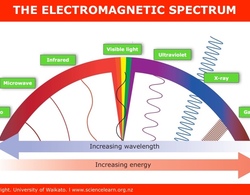
This interactive looks at the electromagnetic spectrum. To use this interactive, move your mouse or finger over any of the labelled boxes and select to obtain more information. Select here for a ...
READ MORE
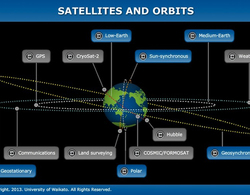
The size, orbit and design of a satellite depend on its purpose. In this interactive, scientists discuss the functions of various satellites and orbits. Accompanying fact files provide ...
READ MORE

This interactive timeline gives a brief overview of some of the developments within the electric vehicle industry.
READ MORE